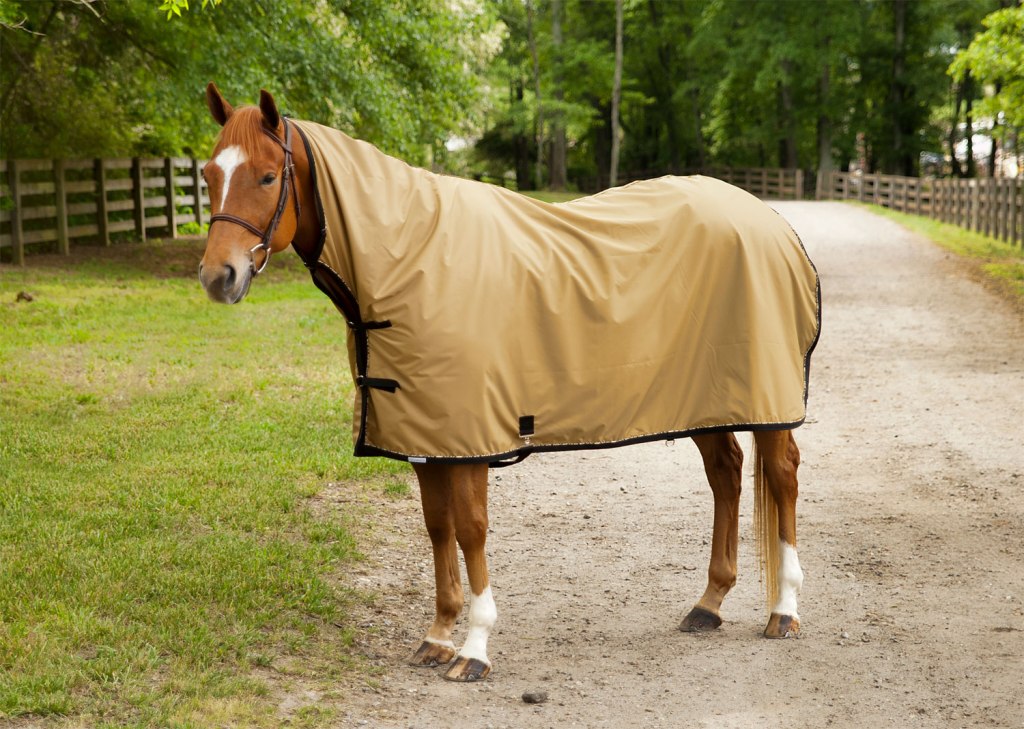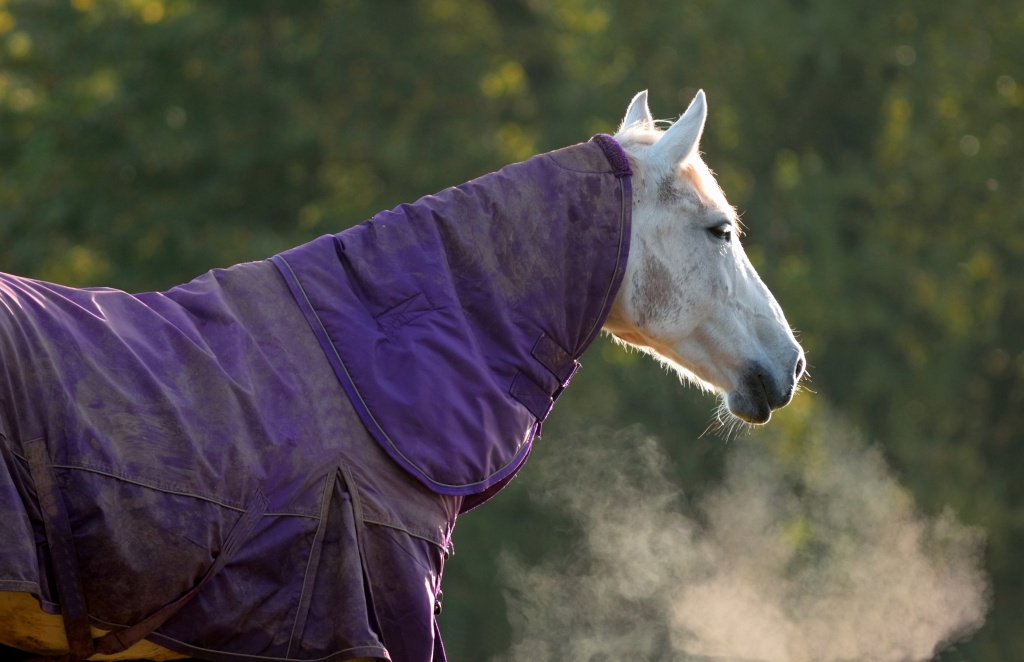Depending on where you live, autumn might bring showers and perhaps soaked—and undoubtedly muddy—horses and ponies. So, how do we protect our four-legged buddies during the rainy season? Rain sheets could be a solution for you.
These are lightweight, breathable, waterproof sheets that help keep horses dry and comfortable. Thinner than standard blankets and turnouts and without a fill, rain sheets are intended to provide a simple barrier between your horse and the weather.
The Importance of Horse Rain Sheets

Rain sheets for horses are important because their natural coat defences may be insufficient to prevent rain rot and other moisture-related infections. This is especially true for cropped horses. Rain rot happens during the rainy season. Dermatophilus congolensis causes this bacterial illness. When wet, it activates and causes an infection, which appears as dark, moist lesions on your horse’s skin, causing serious skin irritations.
Therefore, keep your fur four-legged friend dry and comfortable in wet weather with premium quality horse rain sheets designed with utmost protection in mind. Besides keeping your horse’s coat healthy, a rain sheet for horses will keep your four-legged friend clean by protecting it from mud and dirt. Also, never use a rain sheet on your horse in chilly weather. If you do, your horse’s coat will mat down, preventing the coat hairs from standing up and naturally keeping them warm.
What to Look for in a Rain Sheet: Important Considerations

Spring and summer are ideal times to start thinking about pulling out or getting a rain sheet. When temperatures rise and unpredictable showers occur, rain sheets can replace heavier, more insulated waterproof turnouts in appropriate settings. Since, these days there is an arsenal of horse rain sheets, finding the ideal one might require taking into account some important considerations.
Breathability
Horses are very competent at controlling their body temperatures, and even with the best intentions, we can occasionally cause more harm than good. Any additional clothing might cause a horse to overheat and sweat. This is especially harmful in the spring when temperatures might abruptly drop, leaving your horse with a serious chill. Making sure your rain sheet is waterproof and breathable helps protect your buddy from the elements without adding unneeded warmth.
Lining
When shopping for horse rain sheets Canada-wide, you will see that they come in a variety of linings. Cotton is the most common since it is an inexpensive material option and absorbs well. Anti-sweat sheets are lined with polyester, which is more durable and more expensive than cotton.
On the other hand, soft nylon linings are also prone to slipping, which can be inconvenient for horses who want to lie down in their blankets, hence cotton is frequently chosen for this application. You might also use an anti-static, anti-bacterial polyester liner. Synthetic fabrics and waterproof and lighter and offer breathable protection but are slippery in muddy conditions.
Colour
When it comes to picking the right colour for your rain sheet for a horse, there aren’t dos and don’ts. Some people prefer sheets with bright colours or colourful plaid designs, while others choose dark and plain colours, depending on personal preferences.
Coat Length
Depending on your preferences, discipline, and activity level, your horse’s coat can range from freshly cut to resembling a woolly mammoth. While it may appear to be a good idea to cover our furry pets from the rain with a thin sheet, you may be interfering with their natural ability to stay warm and dry.
Even the smallest rain sheets can weigh down their coat, interfering with piloerection—the equine coat’s natural action of acting as a weather barrier to keep the skin warm and dry. Similarly, if your horse is clipped, a rain sheet may not provide adequate warmth, resulting in weight loss and other health difficulties.
For that reason, when choosing a rain sheet for your furry friend, keep their coat in mind to keep them happy and healthy. Clipped horses are unlikely to overheat in a sheet, so if the weather is warm but rainy, a rain sheet is a good option. Colder, wetter weather may necessitate the use of a rain sheet if your horse has a thick coat. Just remember to know your horse, and if you’re using a rain sheet for the first time, keep an eye out for chills or sweat.
Show Schedule
Do you envision a spring and summer jam-packed with blue ribbon and medal classes? Then you might want to consider including a rain sheet on your mandatory horse show packing list.
As the weather warms up, the shows move outside, exposing you and your horse to the elements while you wait your turn in the ring. Entering the ring with a sopping wet horse can harm your prospects with the judges and jeopardise the safety of your ride, not to mention causing skin irritations and temperature difficulties. On that note, anyone going to the show should include a rain sheet in their show day supplies checklist.
